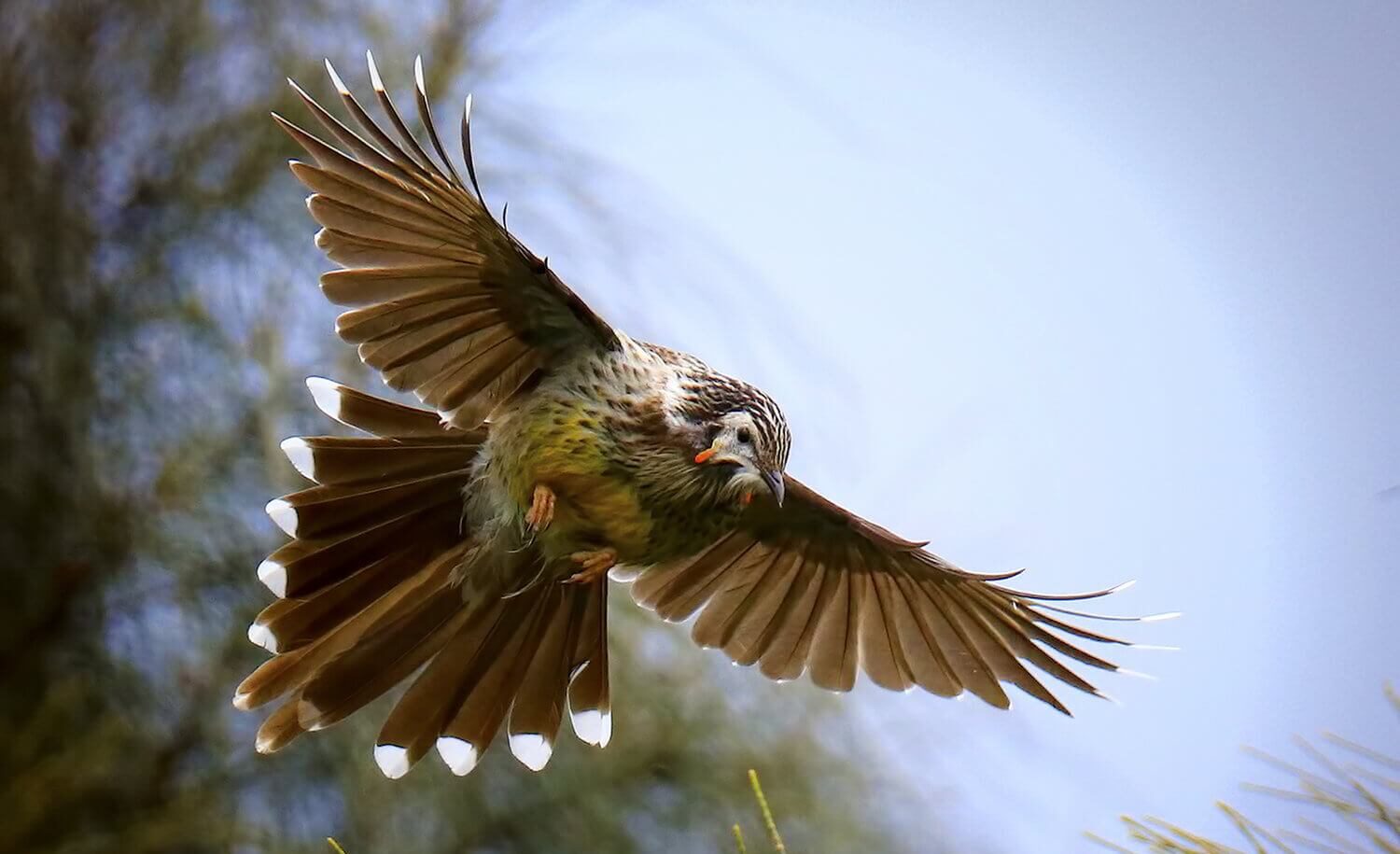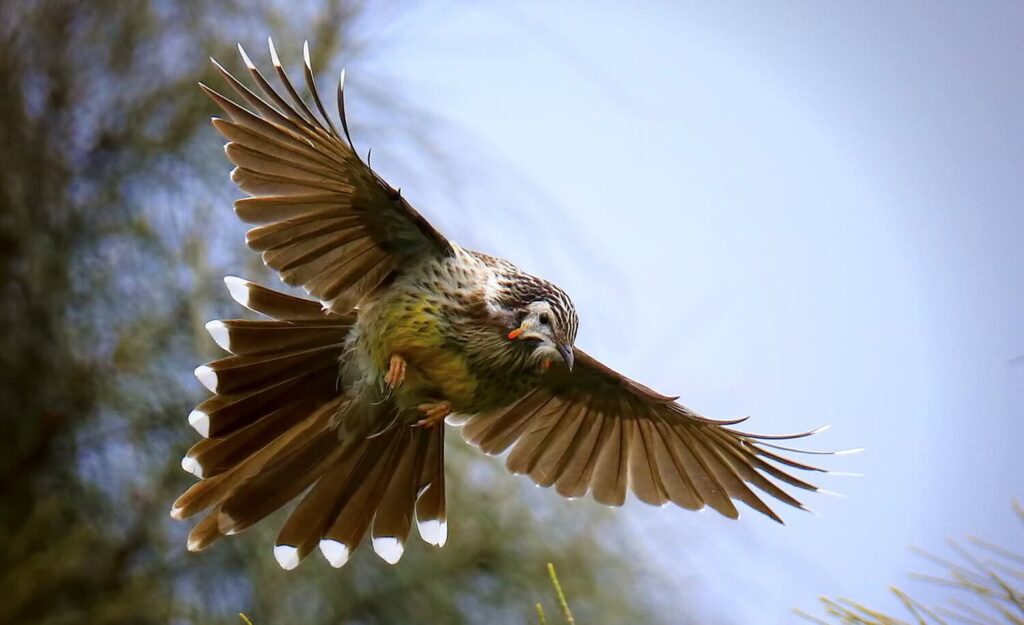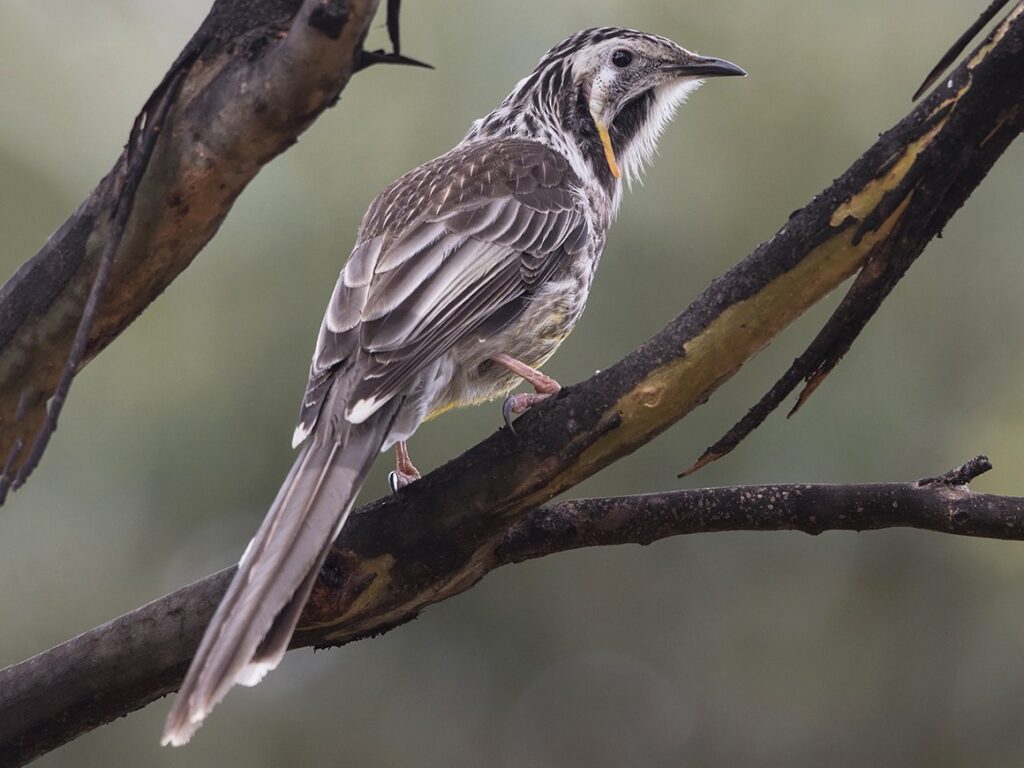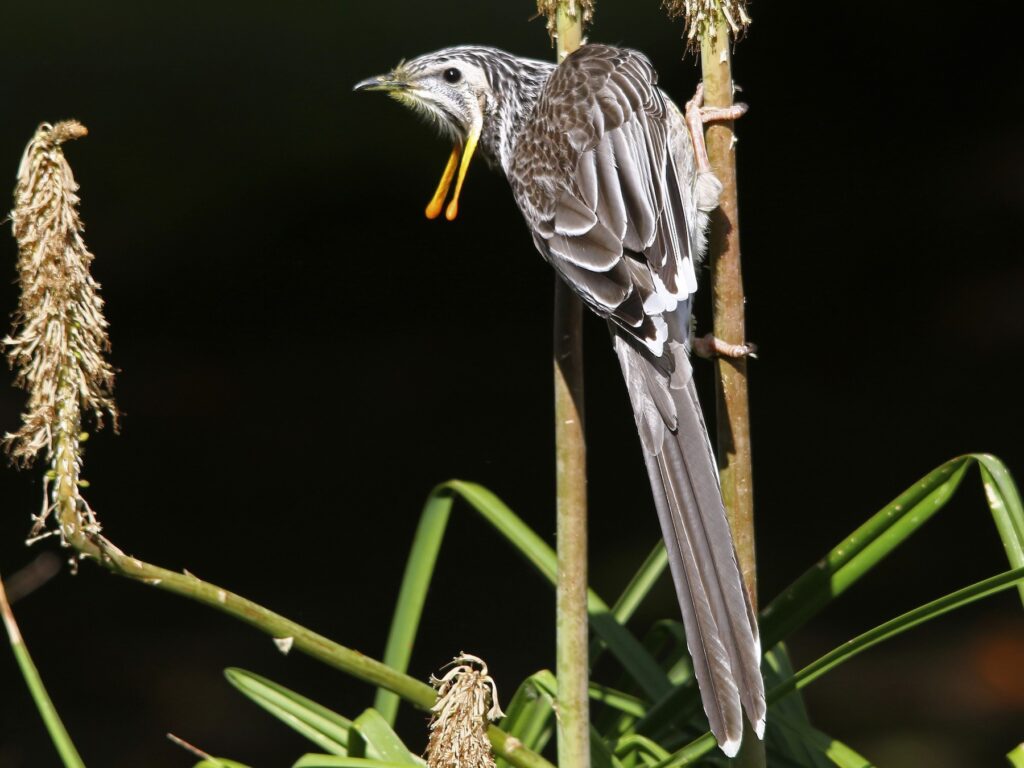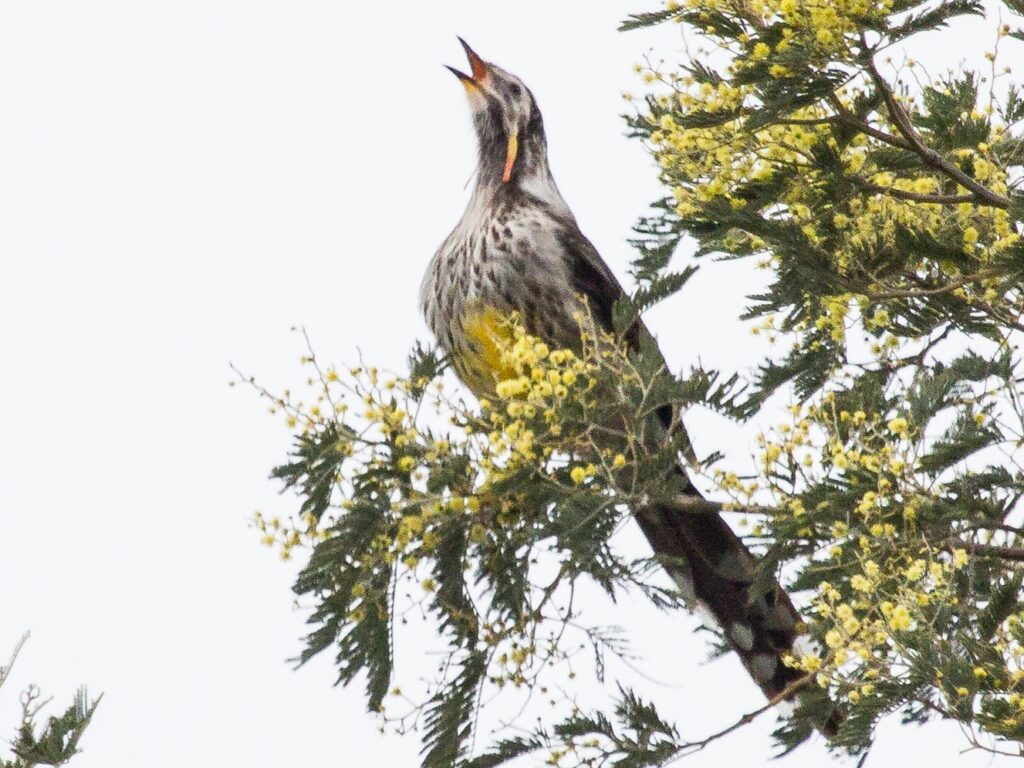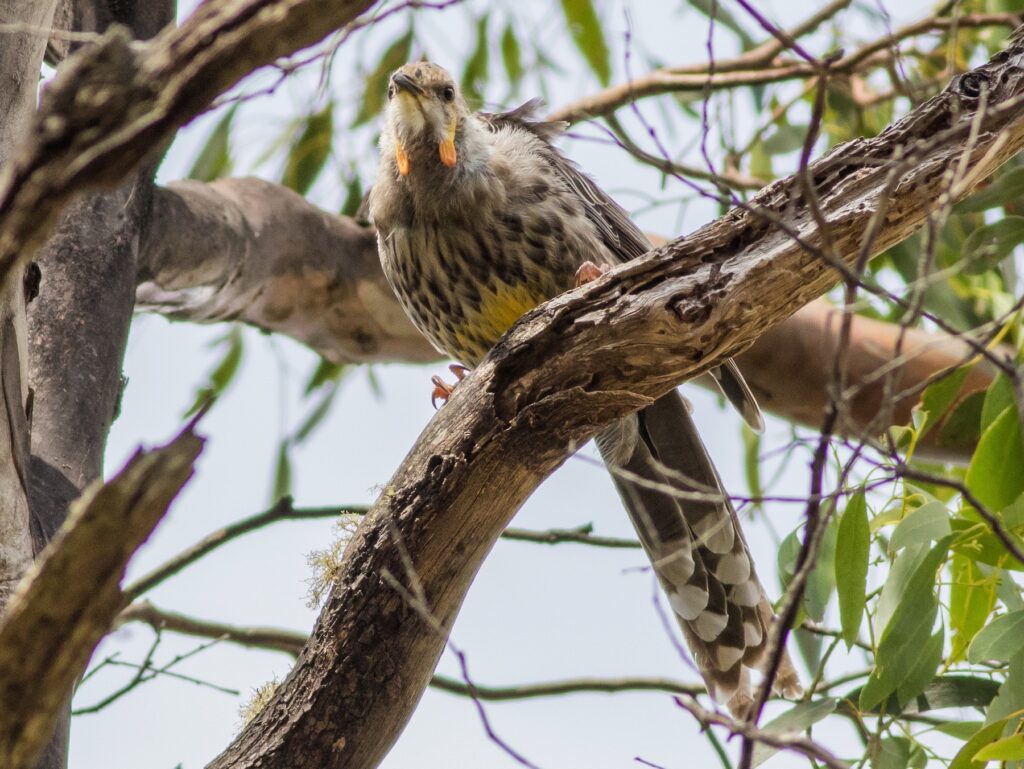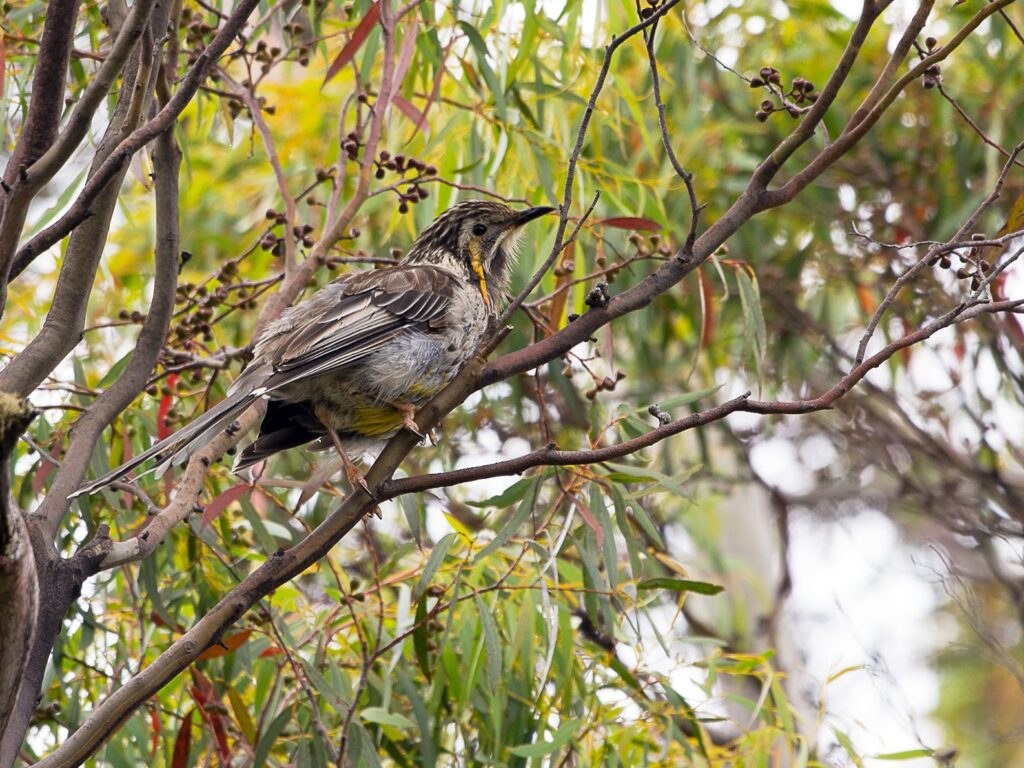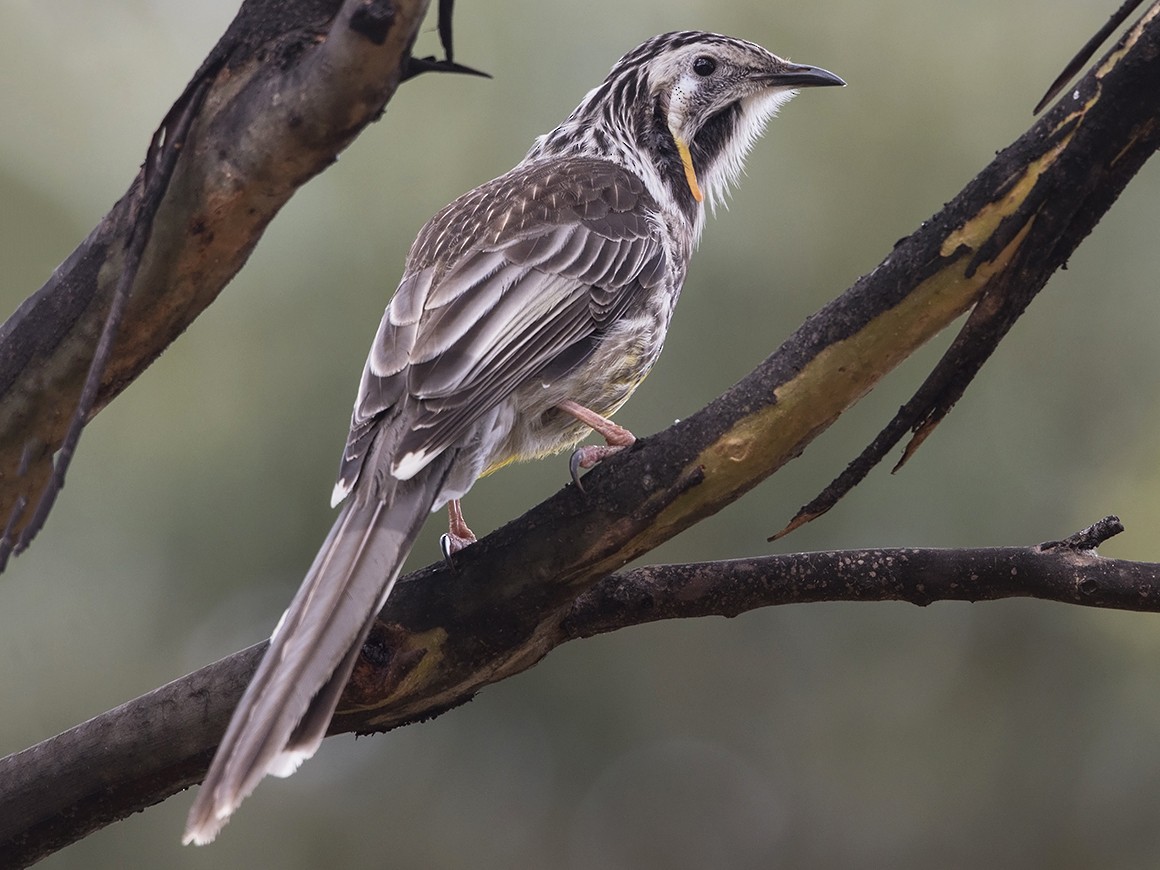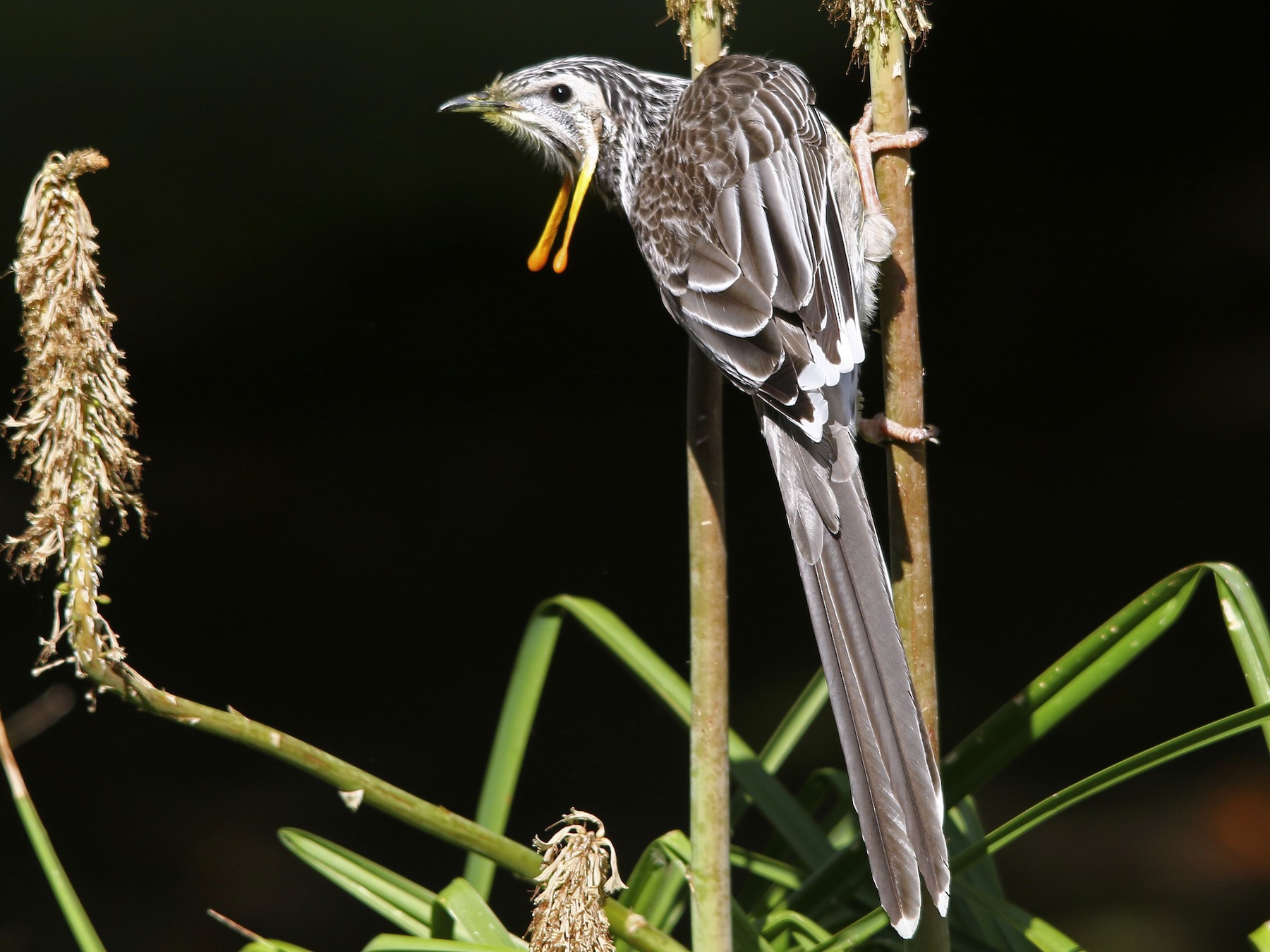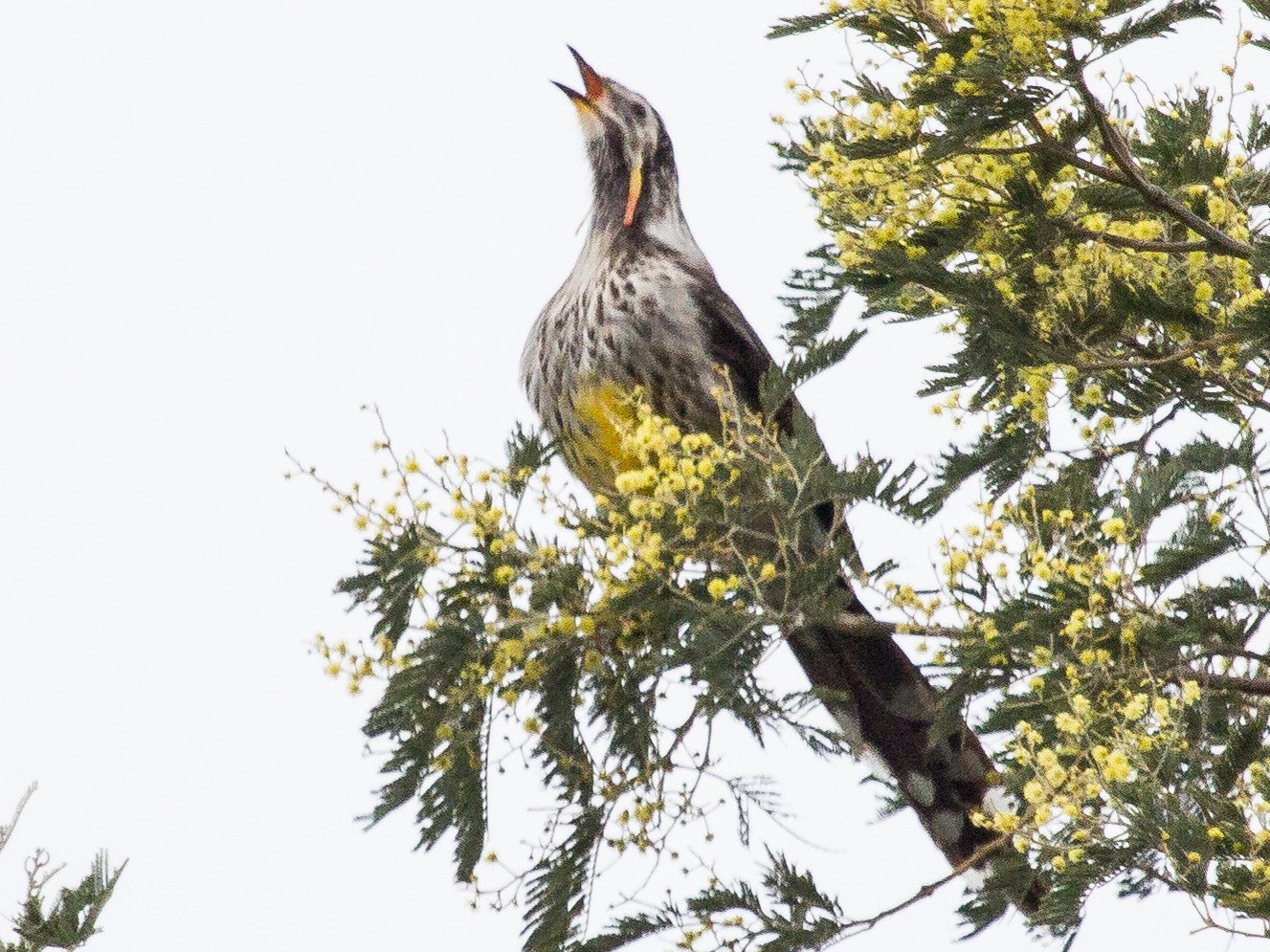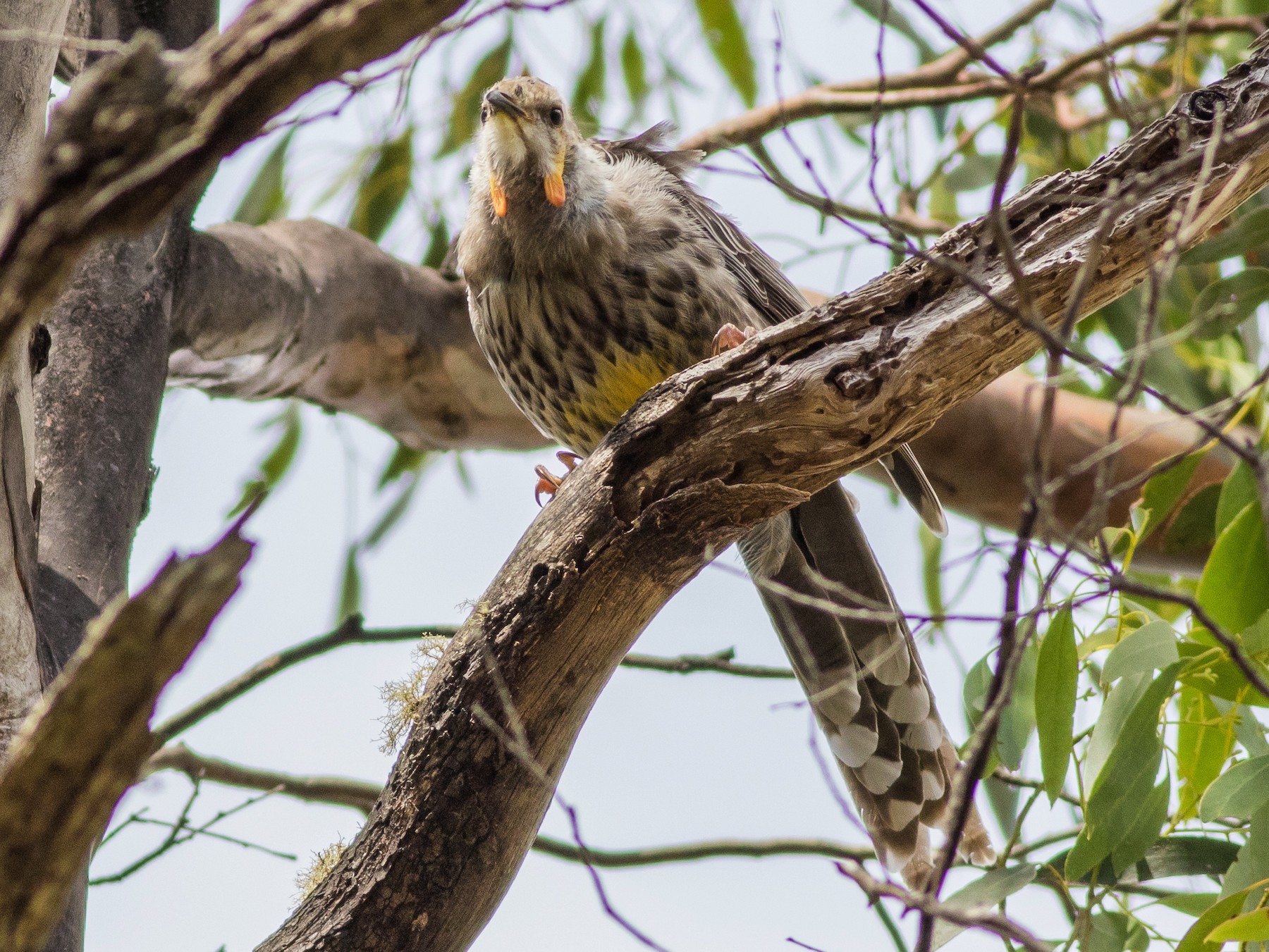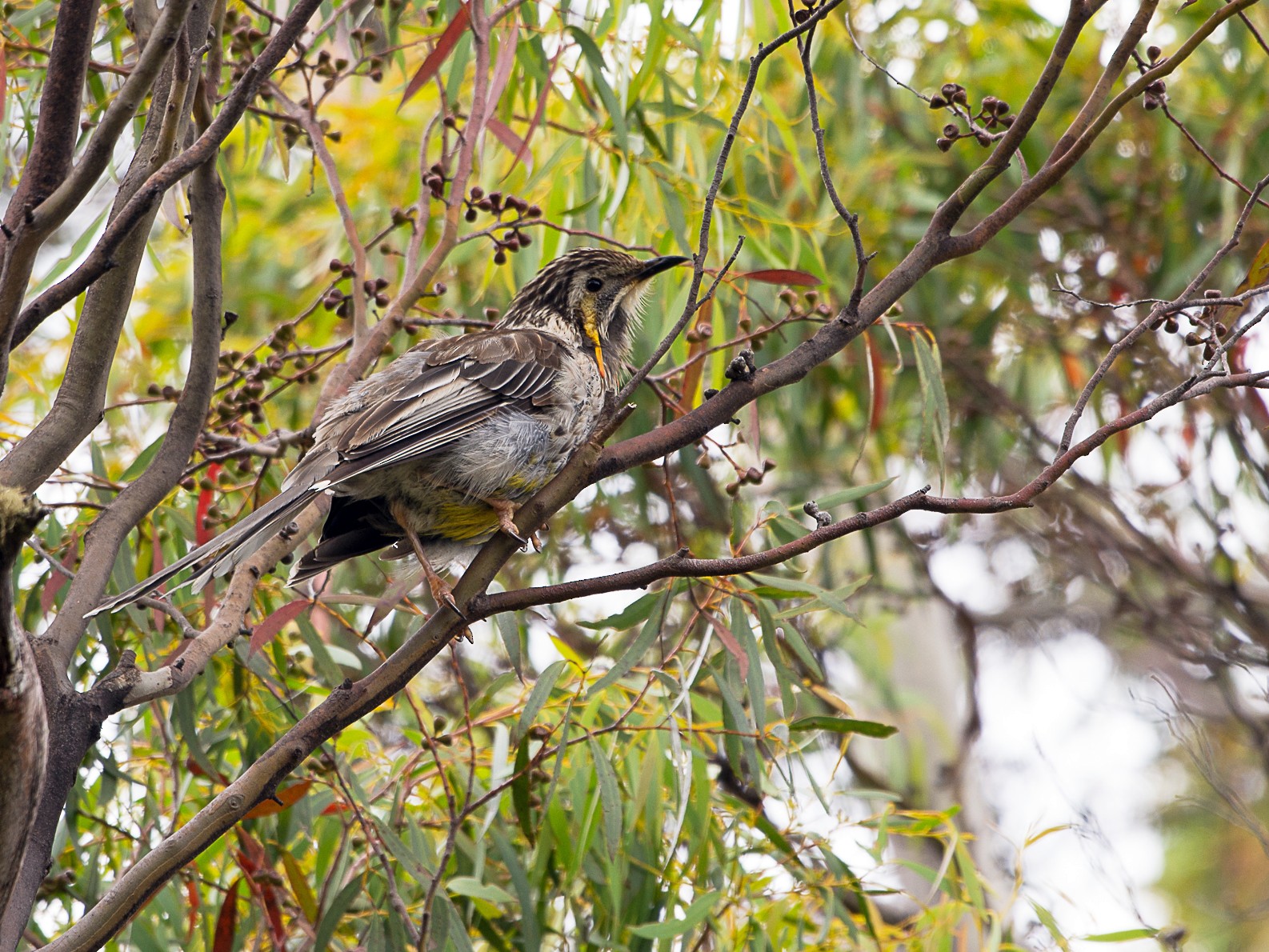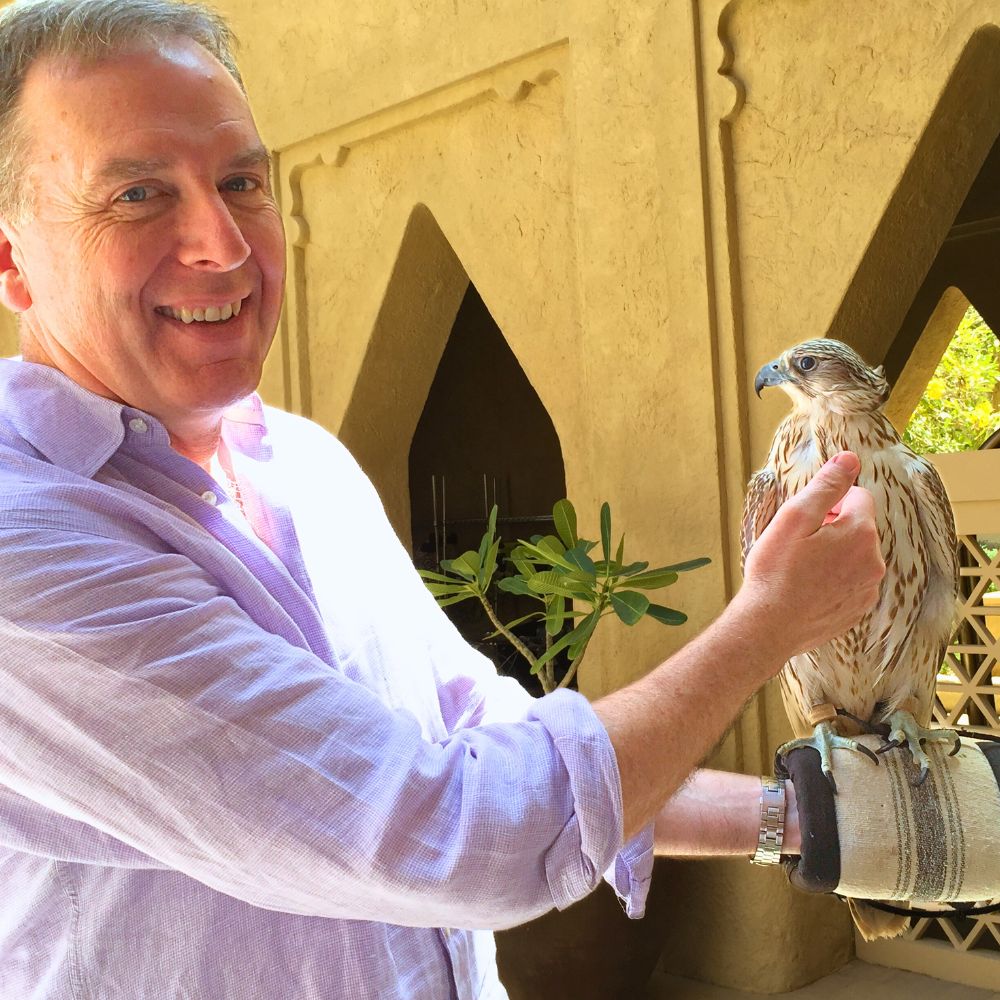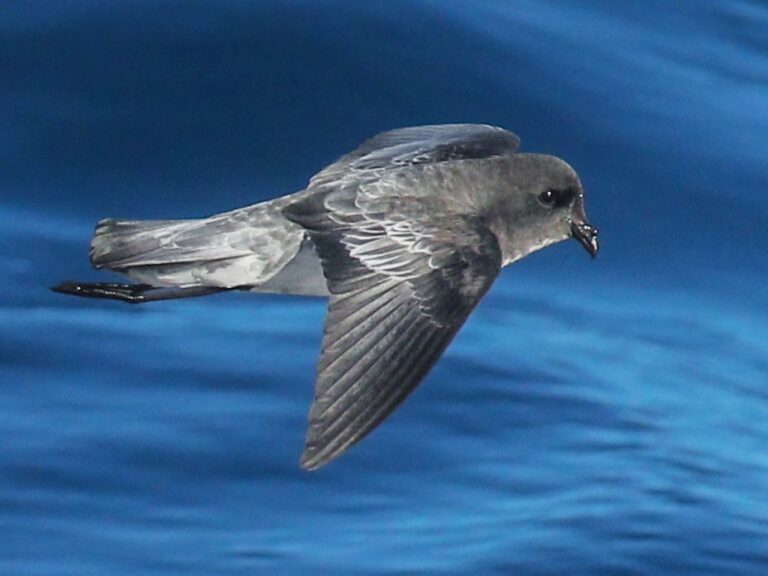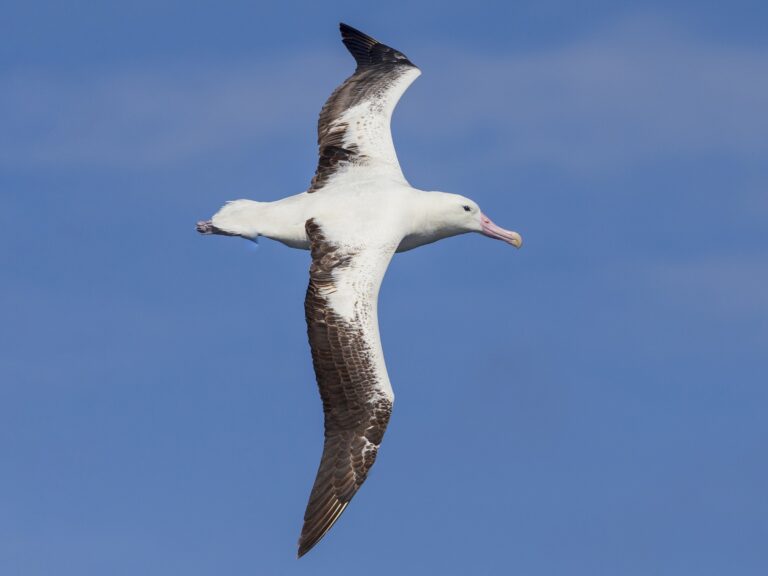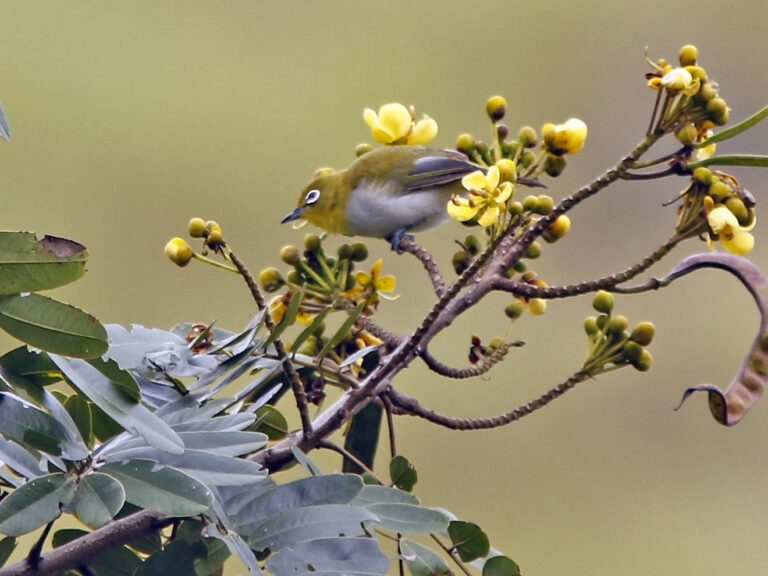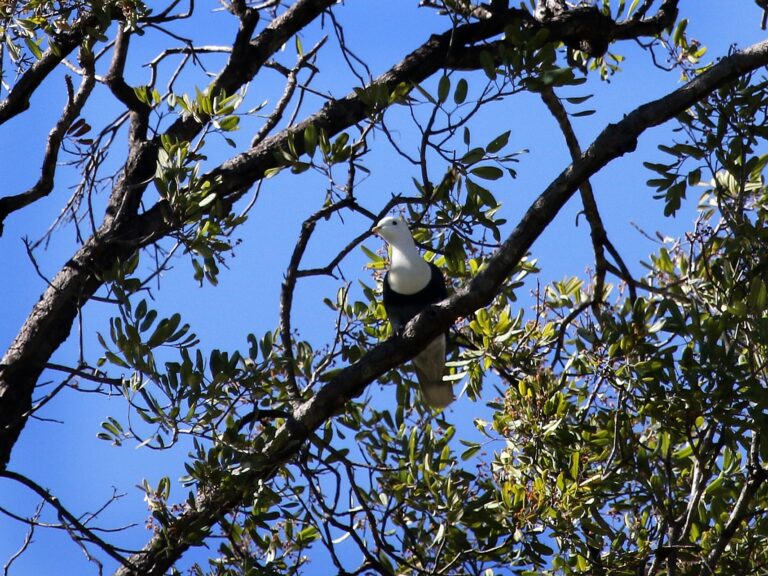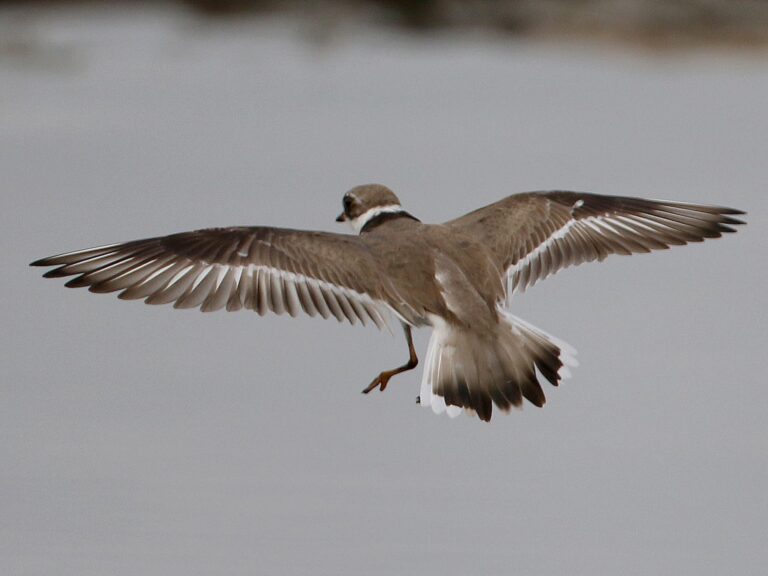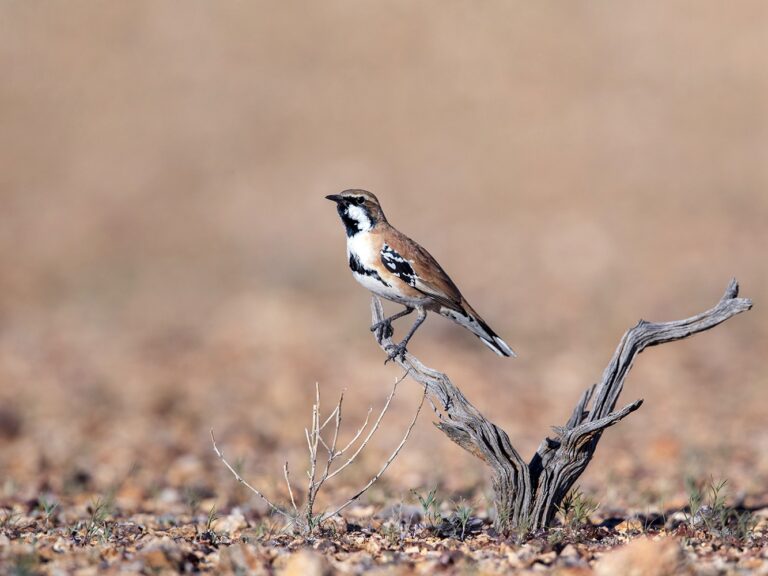Yellow Wattlebird: A Fascinating Insight into Tasmania’s Unique Avian Wonder
The Yellow Wattlebird is a striking species known for its vibrant plumage and bold personality.
These birds play a crucial role in their ecosystems, as they are vital pollinators and are often seen feeding on nectar from various flowers. Found mainly in southeastern Australia, their presence indicates a healthy environment.
These wattlebirds are social creatures, often found in small groups. They communicate with a range of calls and are known to display aggressive behavior when feeding.Observing them can be a delight for bird watchers and nature enthusiasts alike.
Their diet is mainly nectar-based, but they also consume fruits and insects, adapting to the food sources available in their habitat.This flexibility allows them to thrive in different environments, contributing to their widespread presence in Australia.
- The Yellow Wattlebird is a significant pollinator in its ecosystem.
- It shows aggressive behavior while feeding, often in social groups.
- The bird has a diverse diet that includes nectar, fruits, and insects.
Sign Up for Our Monthly Newsletter
Every month we send out our newsletter about interesting (and sometimes quirky) things happening in the world of birding. Give it a try!
Taxonomy and Classification
The Yellow Wattlebird is a unique member of the bird family known as Meliphagidae, commonly referred to as honeyeaters. Understanding its taxonomy and classification is essential to appreciate its place within the ecosystem.
Scientific Name and Family
The scientific name of the Yellow Wattlebird is Anthochaera paradoxa. This species belongs to the family Meliphagidae, which includes various honeyeater species. Honeyeaters are characterized by their specialized bills and tongues that allow them to feed on nectar from flowers.
The Yellow Wattlebird can be identified by its distinctive markings and size, which set it apart from other honeyeater species. This bird primarily inhabits coastal and woodland areas, showcasing its adaptability within Australia’s diverse ecosystems.For more specific details about its classification, see this resource.
Relation to Honeyeaters
As a member of the honeyeater family, the Yellow Wattlebird shares similarities with other honeyeaters. Its diet mainly consists of nectar, but it also consumes fruits and insects.
This feeding behavior is crucial for pollination in many flowering plants, demonstrating the bird’s role in the ecosystem. The Yellow Wattlebird is larger than most honeyeaters, and its loud calls can be heard in its habitat.
Its social behavior often includes forming small flocks, particularly during the breeding season. Further information on its ecological role can be found in this study.
Comparison With Other Tasmanian Birds
The Yellow Wattlebird is often compared to other Tasmanian birds, such as the Tasmanian Honeyeater. While both belong to the same family, the Yellow Wattlebird is distinguishable by its size and unique coloration.
In terms of behavior, the Yellow Wattlebird exhibits aggressive territoriality, especially during breeding. It competes for feeding resources with other birds, including its close relatives. Observing these interactions can provide insight into the biodiversity of Tasmanian avian life.
Physical Characteristics
The Yellow Wattlebird is a unique bird known for its distinct features. It is recognized as one of the largest honeyeaters. This section covers its size and general appearance, distinctive wattles, and notable features including its tail and plumage.
Size and Appearance
Yellow Wattlebirds are impressive in size, typically measuring about 30 to 34 cm in length. These birds have a robust body, which contributes to their status as one of the largest honeyeaters in Australia.
They generally weigh around 120 to 150 grams. The plumage is mostly a mix of browns and yellows, providing camouflage in their natural habitats. Their large size and striking colors help distinguish them from smaller bird species.
Distinctive Wattles
One of the most striking features of the Yellow Wattlebird is its conspicuous wattles. These wattles are fleshy, brightly colored growths located on either side of the head.
They can vary in color from yellow to orange, which can be particularly vivid during the breeding season. The wattles play a crucial role in attracting mates and can also signal health and vitality to other birds.
Notable Features: Tail and Plumage
The tail of the Yellow Wattlebird is long and pointed, aiding in its agility during flight. The tail feathers are dark with lighter tips, creating a beautiful contrast that enhances its overall appearance.
Furthermore, the bird’s plumage is not only visually appealing but also adaptive to its environment, helping it blend in while foraging for nectar and insects. These features make the Yellow Wattlebird a fascinating subject for birdwatchers and researchers alike.
For further details on its characteristics, visit this resource.
Distribution and Habitat
The Yellow Wattlebird is a species primarily found in Tasmania, along with several nearby areas. Its distribution and preferred habitats reflect its adaptability to different environments, although it remains particularly tied to specific regions within Australia.
Geographic Range: Tasmania and Beyond
The Yellow Wattlebird is mostly endemic to Tasmania, meaning it is native to this region and not naturally found in other parts of the world. In addition to its Tasmanian range, it can also be spotted on King Island and sometimes in parts of mainland Australia.
The species thrives in eastern and southern Tasmania, showing a preference for more wooded areas, making it a common sight in local forests and woodlands.
Preferred Habitats
This bird favors a variety of habitats, particularly those with abundant flowering plants. It is commonly found in forests, woodlands, and shrubby areas, where it can forage for nectar and insects.
The presence of native flowering species like Eucalyptus and Grevillea is crucial for its diet. Additionally, the Yellow Wattlebird is known to inhabit areas that provide good cover and nesting sites, which are essential for breeding.
Endemism and Conservation
Being endemic to Tasmania gives the Yellow Wattlebird a unique status in the region. Its limited range raises concerns about habitat loss due to land development and logging. Conservation efforts focus on protecting its natural habitats, which are vital for the bird’s survival.
The species can adapt to some changes in its environment, but continuous monitoring is essential to ensure its populations remain stable and viable. More information on conservation efforts can be accessed through various wildlife organizations.
Diet and Feeding Behavior
The Yellow Wattlebird has a diverse diet primarily consisting of nectar, seeds, and fruit. Its feeding behavior showcases various techniques adapted to its environment, especially in areas rich with native flora. Understanding what the Yellow Wattlebird eats and how it feeds can provide insights into its role in ecosystems.
Primary Food Sources
Yellow Wattlebirds are especially known for their preference for nectar. They frequently feed on flowers from eucalypt and banksia trees, which are abundant in their natural habitat. They also consume fruits and seeds, which supplement their diet.
In gardens, they may take advantage of cultivated plants that attract them. This adaptability allows them to thrive in both natural and human-altered environments. Their keen ability to locate food sources makes them vital pollinators for many native plants.
Feeding Techniques
The Yellow Wattlebird employs various feeding techniques to access its food sources. It utilizes its long, slender bills to probe deep into flowers for nectar. This specialized adaptation allows it to extract nectar from hard-to-reach flowers.
In addition to nectar, they also forage on insects and other small invertebrates. This behavior provides essential protein, especially during nesting season. Their agile movements enable them to search for food efficiently among branches and foliage.
Role of Native Flora
Native flora plays a crucial role in the diet of the Yellow Wattlebird. Eucalypt and banksia species are not only primary food sources but are also significant for the ecosystem. As these birds feed, they help in the pollination of flowers, ensuring healthy plant reproduction.
This relationship highlights the importance of preserving native plants in gardens and landscapes. Creating environments rich in native flora can attract and sustain Yellow Wattlebirds, promoting biodiversity in local ecosystems.
More information can be found in studies discussing foraging behavior and resource allocation.
Behavior and Life Cycle
The Yellow Wattlebird exhibits a range of interesting behaviors and a well-defined life cycle. These aspects include their vocalizations, social interactions, breeding patterns, and daily movements, all of which contribute to their survival and adaptation in their environment.
Vocalizations and Social Behavior
Yellow Wattlebirds are known for their noisy and distinctive calls. They use various vocalizations to communicate with each other, especially during the breeding season. Males often sing to attract mates and assert territory.
These birds are highly active and social, usually found in small groups. They engage in social behaviors such as grooming and feeding together.
Their vocalizations also play a role in maintaining these social bonds. Wattlebirds are often seen foraging in pairs or small flocks, making their interactions vital for finding food like nectar from flowers and insects that may be resting on tree bark.
Breeding and Nesting Habits
Yellow Wattlebirds build nests using twigs and other natural materials. These nests are typically located in dense shrubbery or trees, providing protection from predators.
They prefer to nest relatively high above the ground. The breeding season usually occurs in spring. Female Wattlebirds lay 2 to 3 eggs, which are incubated for about 14 days.
Both parents participate in feeding the chicks. During this time, the adults are very protective of their nests. They will defend their territory vigorously against intruders or potential threats.
Movement and Activity Patterns
Yellow Wattlebirds are known for their energetic behavior. They are frequently seen in motion, flitting from branch to branch in search of food. During feeding, they often hover near flowers to obtain nectar, showcasing their agility.
These birds are diurnal, meaning they are most active during the day. Their movements are closely tied to the availability of food sources. In addition to foraging, Wattlebirds frequently engage in preening and social interactions.
For more detailed information on their behavior, you can refer to studies on the Western Yellow Robin and other related research about Australian birds.
Significance and Observation
The Yellow Wattlebird holds an important role in its ecosystem as Australia’s largest honeyeater.
Ecological Importance
The Yellow Wattlebird is crucial for pollination. As it feeds on nectar from native flowers, it helps plants reproduce. This relationship supports local biodiversity and the health of ecosystems.
It primarily inhabits coastal forests and woodlands, where it plays a part in maintaining those environments. The bird’s diet also includes insects, contributing to insect population control. Wattlebirds are often seen in the company of other honeyeaters. This social behavior can indicate the availability of food sources in their territory.
Spotting and Photographing the Yellow Wattlebird
Spotting a Yellow Wattlebird can be rewarding for birdwatchers and photographers. They are found in southeastern Australia, often near flowering plants.
To increase chances of observation, visitors should look in early morning or late afternoon when birds are most active. They are identified by their distinctive call, which is a harsh “wattle” sound.
For photography, it is best to use a zoom lens to capture details without disturbing the bird. Patience is key, as they may not always be visible at first. Locations like coastal parks and gardens are ideal for sightings.
Resources such as local birdwatching groups can offer guidance on the best times and places to observe these fascinating creatures.
Frequently Asked Questions
The yellow wattlebird is a unique bird with defining features that often raise questions among bird enthusiasts.
What does the yellow wattlebird sound like?
The yellow wattlebird produces a variety of loud and harsh calls. Its vocalizations often include a series of repeated notes that can sound similar to a chattering noise.
These calls can be heard during mating season and are used for communication. You can hear them here.
How can you identify a female yellow wattlebird?
A female yellow wattlebird is usually less vibrant than the male. She has a more subdued coloration with brown and white streaks. Females typically have shorter wattles compared to males, making them slightly harder to identify at a glance.
What are the distinguishing characteristics of the yellow wattlebird’s habitat?
Yellow wattlebirds often inhabit open forests, woodlands, and gardens. They prefer areas with ample flowering plants, which provide food sources like nectar. Their presence is commonly noted in regions where eucalyptus trees are abundant, as these trees support their feeding habits.
What is the significance of the wattles in wattlebirds?
The wattles of wattlebirds serve multiple purposes. They play a role in attracting mates during the breeding season. The wattles can also display the bird’s health and vitality, influencing their breeding success.
Are there notable behavioral traits of the yellow wattlebird?
Yellow wattlebirds exhibit several interesting behaviors. They are known for being aggressive when feeding, often defending their food sources from other birds. They also engage in aerial displays to establish territory and attract mates.
How does the yellow wattlebird differ from the little wattlebird?
The yellow wattlebird is larger than the little wattlebird, which is smaller and has a different coloration. While both species have wattles, the yellow wattlebird’s are more pronounced. Their calls also differ, with the yellow wattlebird’s sound being more robust and harsh.
Sign Up for Our Monthly Newsletter
Every month we send out our newsletter about interesting (and sometimes quirky) things happening in the world of birding. Give it a try!
